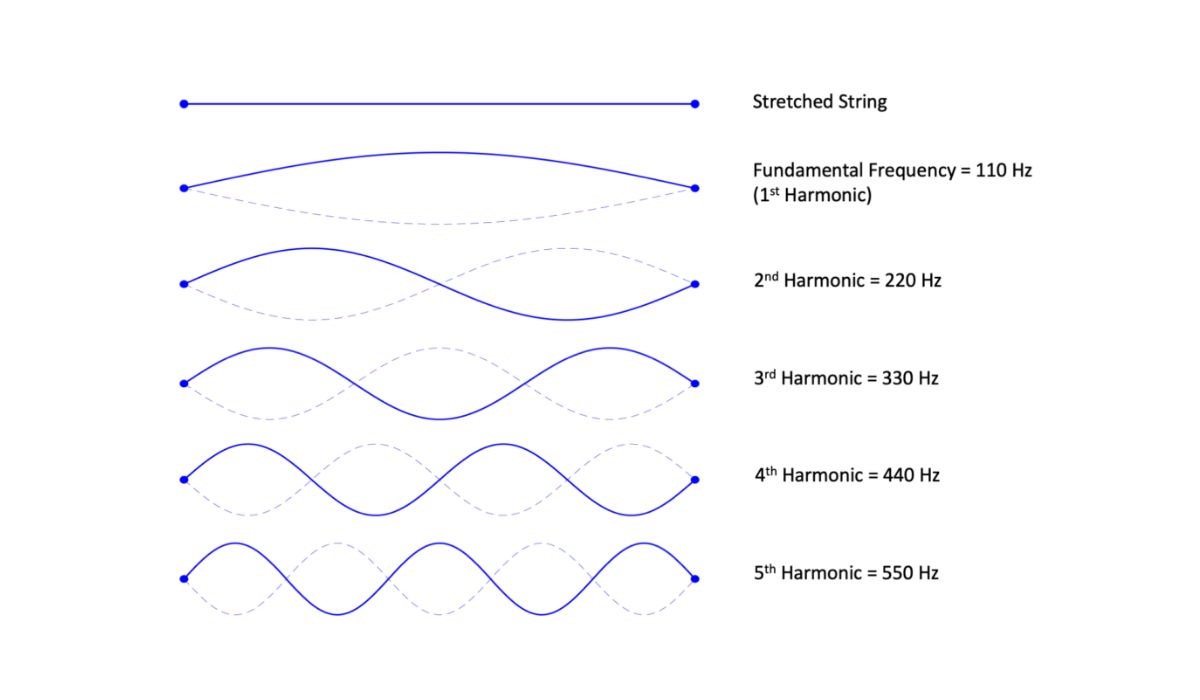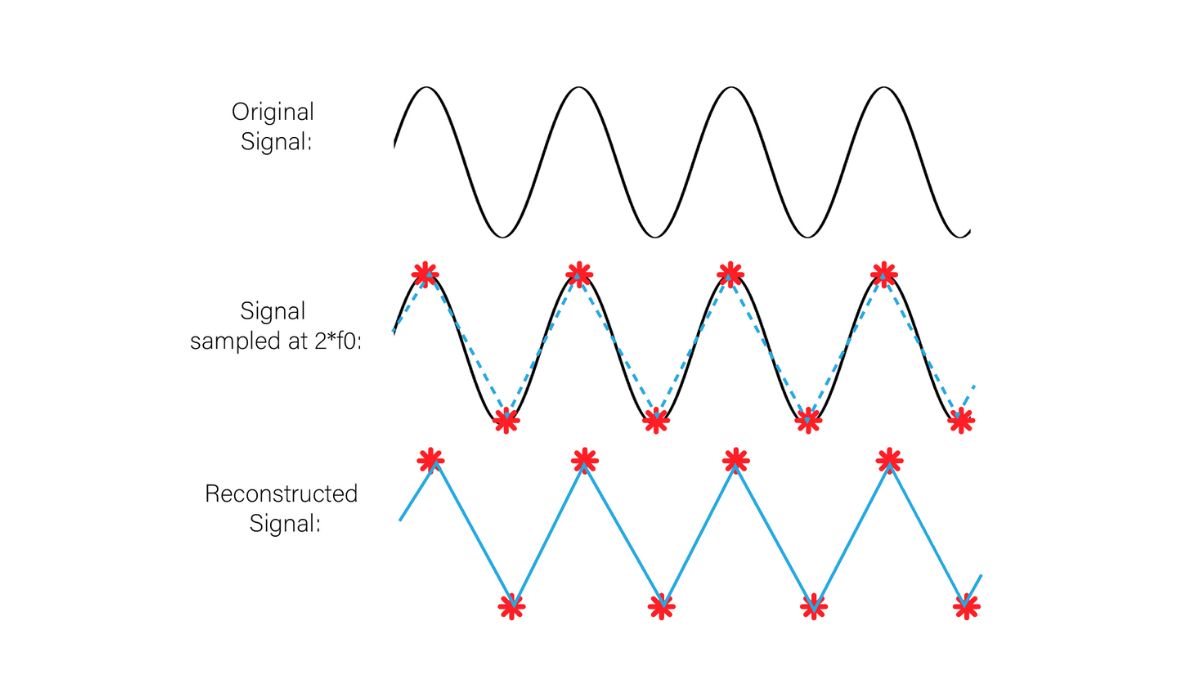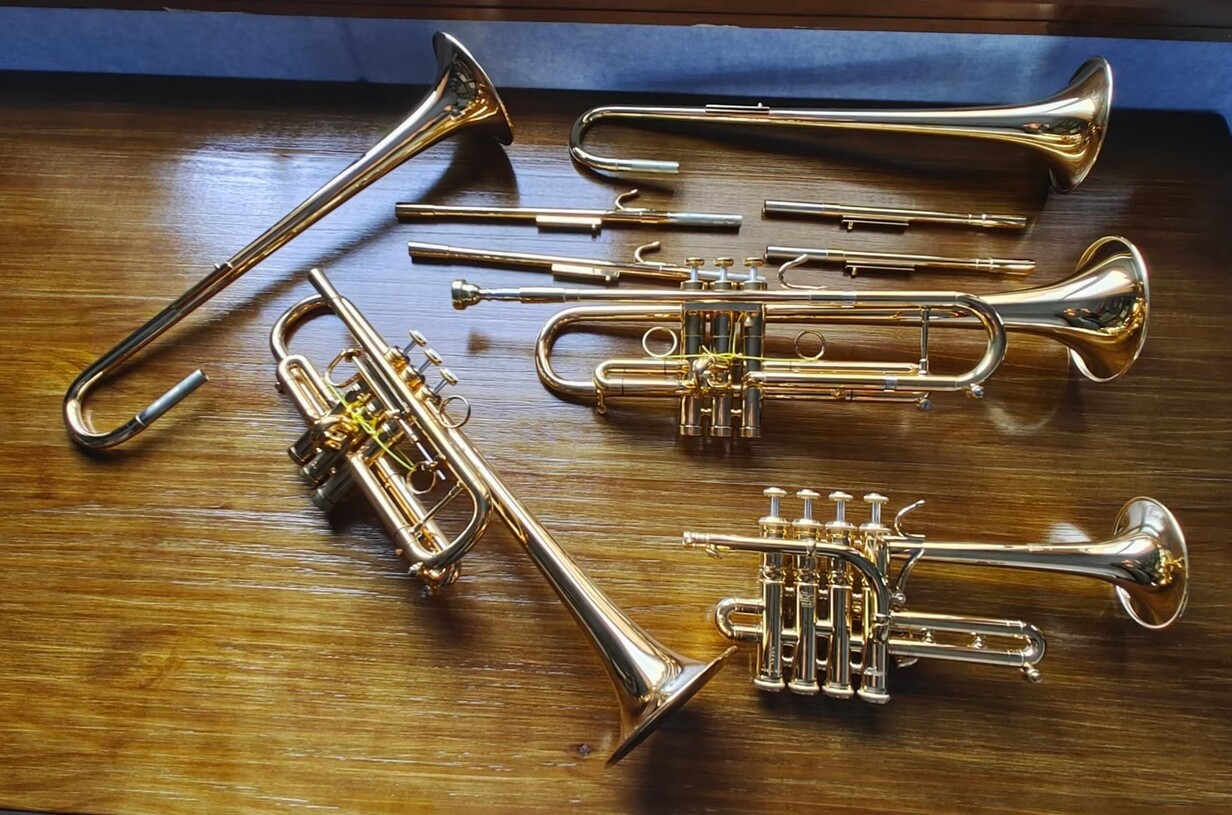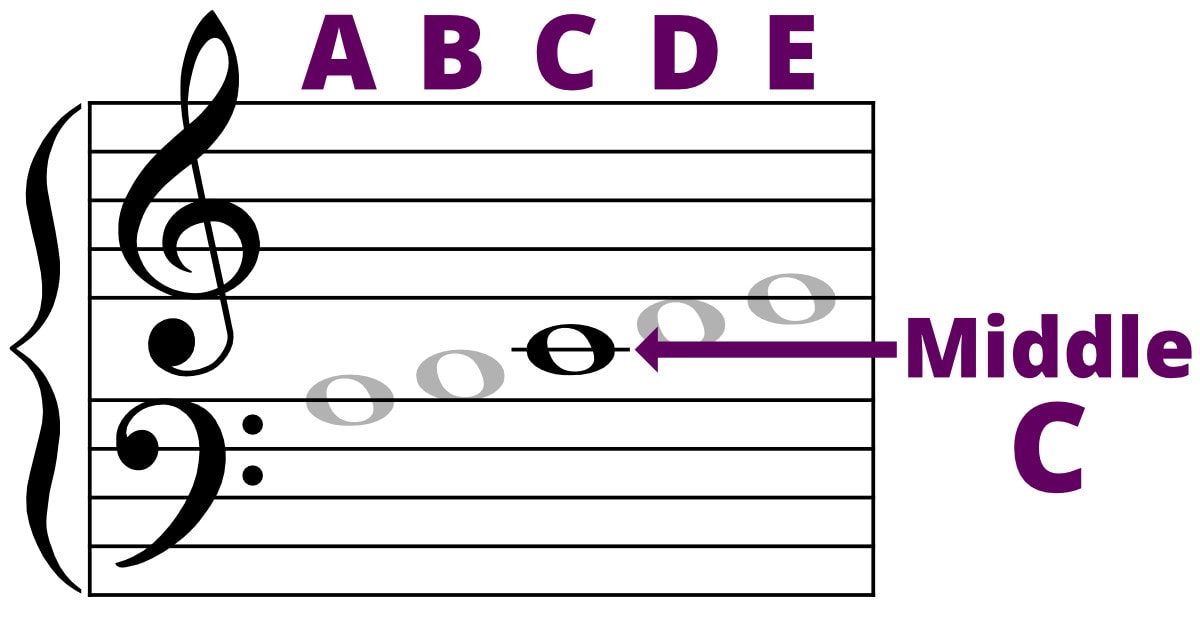Home>Events & Info>Frequency>What Is Frequency In Sound


Frequency
What Is Frequency In Sound
Published: February 18, 2024
Discover the significance of frequency in sound and how it impacts our auditory experience. Learn about the role of frequency in sound perception and communication.
(Many of the links in this article redirect to a specific reviewed product. Your purchase of these products through affiliate links helps to generate commission for AudioLover.com, at no extra cost. Learn more)
Table of Contents
Introduction
Understanding the Role of Frequency in Sound
Sound is an integral part of our daily lives, enriching our experiences and facilitating communication. Whether it's the soothing melody of a song, the rhythmic beats of a drum, or the gentle rustling of leaves in the wind, sound surrounds us in myriad forms. At the heart of this auditory tapestry lies a fundamental element known as frequency. In this article, we will delve into the captivating world of sound frequency, exploring its significance, measurement, and diverse applications.
The concept of frequency in sound is a cornerstone of acoustics, encompassing the rate at which a sound wave oscillates within a given time frame. This oscillation, often referred to as a cycle, manifests as the periodic compression and rarefaction of air molecules, creating the sensation of sound. Each cycle comprises a specific number of oscillations, and the frequency is quantified by the number of cycles occurring within one second. This fundamental property of sound waves profoundly influences our auditory perception, determining the pitch, tone, and timbre of the sounds we encounter.
Sound frequency plays a pivotal role in shaping our auditory experiences, as it directly correlates with the perceived pitch of a sound. Higher frequencies are associated with higher-pitched sounds, while lower frequencies correspond to lower-pitched sounds. This relationship forms the basis of musical notes, enabling musicians to create harmonious compositions by manipulating the frequencies of individual sounds. Moreover, the intricate interplay of frequencies underpins the rich tapestry of sounds in the natural world, from the chirping of birds to the rumbling of thunder, adding depth and diversity to our acoustic environment.
As we embark on this exploration of sound frequency, we will unravel the mechanisms of frequency measurement, gain insights into its profound influence on music, and uncover the multifaceted applications of this fundamental acoustic attribute. By delving into these facets, we can develop a deeper appreciation for the omnipresence and significance of sound frequency in our lives. Join us on this captivating journey into the realm of sound, where frequencies converge to shape the symphony of our auditory world.
Basics of Sound Frequency
At its core, sound frequency encapsulates the rate at which a sound wave oscillates, manifesting as the number of cycles occurring within a single second. This fundamental attribute of sound waves profoundly influences our auditory perception, defining the pitch, tone, and timbre of the sounds we encounter.
Sound waves propagate through a medium, such as air or water, in the form of alternating compressions and rarefactions. These periodic variations in pressure give rise to the sensation of sound, with each cycle representing a complete oscillation of the wave. The frequency of a sound wave is measured in hertz (Hz), with one hertz equivalent to one cycle per second. For instance, a sound wave with a frequency of 440 Hz completes 440 cycles within one second.
Understanding sound frequency is pivotal to discerning the diverse auditory experiences we encounter. High-frequency sound waves, characterized by a rapid rate of oscillation, correspond to higher-pitched sounds, while low-frequency waves, with a slower oscillatory rate, produce lower-pitched sounds. This relationship forms the foundation of musical notes, enabling musicians to orchestrate melodies by manipulating the frequencies of individual sounds.
Moreover, the concept of sound frequency extends beyond the realm of human perception, encompassing a broad spectrum of frequencies that contribute to the richness of our acoustic environment. From the infrasound produced by seismic activities to the ultrasonic calls of bats, sound waves span a vast continuum of frequencies, each imparting a distinct sonic character to our surroundings.
As we navigate the intricacies of sound frequency, it becomes evident that this fundamental attribute underpins the melodic tapestry of our auditory world. By unraveling the basics of sound frequency, we gain a deeper appreciation for the nuanced interplay of oscillations that gives rise to the symphony of sounds enveloping us.
Measuring Frequency
Measuring sound frequency is a fundamental aspect of acoustics, enabling us to quantify the oscillatory rate of sound waves and gain insights into their perceptual attributes. The unit of measurement for frequency is hertz (Hz), representing the number of cycles occurring within one second. Various techniques and devices are employed to measure sound frequency, each offering unique advantages in different contexts.
One of the primary methods for measuring sound frequency involves the use of specialized instruments such as frequency counters and spectrum analyzers. Frequency counters are electronic devices designed to accurately determine the frequency of a periodic signal, including sound waves. By capturing the incoming sound signal and processing it through electronic circuits, frequency counters provide precise measurements of sound frequency, facilitating detailed analysis and characterization of the auditory stimulus.
Spectrum analyzers, on the other hand, offer a comprehensive approach to frequency measurement by providing a visual representation of the frequency spectrum of a sound signal. These sophisticated instruments display the amplitude of different frequency components within a sound wave, allowing for the identification of dominant frequencies and the characterization of complex sound profiles. Spectrum analyzers are invaluable tools for discerning the intricate frequency composition of musical instruments, vocal performances, and environmental sounds, offering a holistic view of the spectral content of a given sound.
In addition to electronic instruments, sound frequency can also be measured using software-based tools and applications. With the advancement of digital signal processing technology, software packages equipped with spectral analysis capabilities enable users to visualize and analyze sound frequency with exceptional precision. These software solutions empower researchers, audio engineers, and musicians to explore the frequency characteristics of sound signals, facilitating the refinement of audio recordings, the design of acoustic environments, and the development of innovative sound-based technologies.
Furthermore, sound frequency measurement extends beyond the realm of specialized equipment, as it permeates everyday devices such as mobile phones and computer applications. Many modern smartphones are equipped with built-in sound analysis functionalities, allowing users to measure and analyze the frequency of ambient sounds, musical performances, and speech signals. This democratization of frequency measurement empowers individuals to engage with the acoustic properties of their surroundings, fostering a deeper understanding of sound frequency and its pervasive influence.
By embracing diverse measurement techniques and leveraging cutting-edge technologies, we can unravel the intricate tapestry of sound frequency, gaining profound insights into the oscillatory patterns that shape our auditory experiences.
Frequency in Music
Within the realm of music, the concept of frequency holds a pivotal role, serving as the bedrock upon which the rich tapestry of melodies and harmonies is woven. Sound frequency directly influences the perceived pitch of musical notes, laying the foundation for the diverse tonal palette that musicians harness to create captivating compositions.
Music is intricately intertwined with the interplay of sound frequencies, as different instruments and vocal timbres produce distinct frequency profiles that contribute to the overall sonic landscape. The pitch of a musical note is determined by its frequency, with higher frequencies yielding higher-pitched sounds and lower frequencies producing lower-pitched tones. This fundamental relationship forms the basis of musical scales and harmonies, enabling musicians to craft emotive and evocative sonic narratives that resonate with audiences.
Furthermore, the manipulation of sound frequency lies at the heart of musical expression, allowing composers and performers to evoke a myriad of emotions through nuanced variations in pitch and timbre. From the soaring crescendos of a soprano’s high-frequency vocal trills to the resonant depths of a bass guitar’s low-frequency riffs, the spectrum of sound frequencies encompasses a vast array of sonic possibilities, each imbued with its unique emotive qualities.
Moreover, the concept of frequency modulation, or the deliberate alteration of sound frequency over time, forms the basis of dynamic musical techniques such as vibrato, tremolo, and glissando. These expressive embellishments infuse musical performances with depth and character, adding a nuanced dimension to the auditory experience. By modulating the frequency of musical tones, performers imbue their renditions with a compelling sense of expressiveness and artistry, captivating listeners and eliciting profound emotional responses.
As technology continues to advance, the exploration of sound frequency in music has expanded into the realm of electronic music production and synthesis. Electronic musicians and sound designers harness the potential of frequency modulation synthesis to create intricate and evolving soundscapes, leveraging the manipulation of sound frequencies to craft immersive sonic environments that transcend traditional tonal boundaries.
By delving into the realm of sound frequency in music, we gain a deeper appreciation for the profound influence of frequency on musical expression and the emotive power of sonic vibrations. The interplay of frequencies within the musical domain serves as a testament to the boundless creative potential inherent in the oscillatory patterns that shape our auditory world.
Applications of Sound Frequency
The pervasive influence of sound frequency extends far beyond the realms of music and auditory perception, permeating diverse facets of our daily lives and underpinning a myriad of technological, scientific, and industrial applications.
In the field of medical diagnostics, sound frequency plays a critical role in the imaging modality known as ultrasound. By emitting high-frequency sound waves into the body and analyzing the echoes that result from interactions with internal tissues, ultrasound technology enables non-invasive visualization of anatomical structures and facilitates the diagnosis of various medical conditions. The precise control and manipulation of sound frequencies in ultrasound imaging have revolutionized medical diagnostics, offering clinicians invaluable insights into the internal dynamics of the human body.
Furthermore, sound frequency finds extensive applications in industrial settings, particularly in the realm of non-destructive testing and quality control. Ultrasonic testing techniques leverage high-frequency sound waves to detect flaws, measure material thickness, and assess structural integrity in a wide range of industrial components, from metal alloys to composite materials. The ability to harness sound frequencies for non-invasive inspection has proven instrumental in ensuring the safety and reliability of critical infrastructure across diverse industrial sectors.
Another notable application of sound frequency lies in the domain of environmental monitoring and wildlife conservation. Researchers utilize acoustic monitoring techniques to capture and analyze the diverse array of natural sounds present in terrestrial and aquatic ecosystems. By recording and interpreting sound frequencies emitted by wildlife, such as the vocalizations of terrestrial animals or the sonar signals of marine species, scientists gain valuable insights into ecosystem health, species behavior, and biodiversity dynamics, contributing to the conservation and management of natural habitats.
Moreover, sound frequency serves as a cornerstone of communication technologies, facilitating the transmission and reception of audio signals across telecommunications networks. From the clear articulation of human speech in telephony systems to the faithful reproduction of musical performances in audio streaming platforms, the precise encoding and decoding of sound frequencies form the backbone of modern communication infrastructures, enabling seamless connectivity and information exchange on a global scale.
As we navigate the multifaceted landscape of sound frequency applications, it becomes evident that the influence of sound waves extends far beyond the realm of auditory perception, permeating diverse disciplines and enriching our technological, scientific, and environmental endeavors. The profound versatility and utility of sound frequency underscore its status as a fundamental pillar of innovation and discovery, shaping the fabric of our interconnected world.
Conclusion
Sound frequency, with its captivating oscillatory patterns and far-reaching influence, stands as a cornerstone of our auditory world, shaping the diverse tapestry of sounds that envelop us. From the melodic harmonies of music to the intricate web of technological and scientific applications, sound frequency permeates every facet of our lives, imbuing our experiences with depth, richness, and connectivity.
As we unravel the intricacies of sound frequency, we gain a profound appreciation for its role in defining the pitch, tone, and timbre of the sounds we encounter. The interplay of high and low frequencies forms the bedrock of musical expression, enabling musicians to craft emotive compositions that resonate with audiences on a profound level. Moreover, the applications of sound frequency extend into the realms of medical diagnostics, industrial testing, environmental monitoring, and communication technologies, underscoring its pervasive influence across diverse disciplines.
By delving into the captivating world of sound frequency, we unveil the profound interconnectedness of auditory experiences and scientific innovations, each resonating with the oscillatory rhythms that underpin our acoustic reality. The exploration of sound frequency not only enriches our understanding of the auditory domain but also fosters a deeper appreciation for the intricate symphony of vibrations that shapes our perception of the world.
As we continue to embrace the multifaceted dimensions of sound frequency, from its role in music to its applications in diverse fields, we are reminded of its timeless relevance and enduring impact. The oscillations of sound waves, with their nuanced frequencies and resonant harmonies, serve as a testament to the boundless creativity and ingenuity inherent in the realm of acoustics, inspiring us to explore, innovate, and connect through the universal language of sound.
In essence, the exploration of sound frequency transcends the boundaries of perception, offering a gateway to the wondrous interplay of vibrations that define our auditory experiences and shape the fabric of our interconnected world. With each resonant frequency, we embark on a journey of discovery, unveiling the profound beauty and significance of sound in its purest form.











